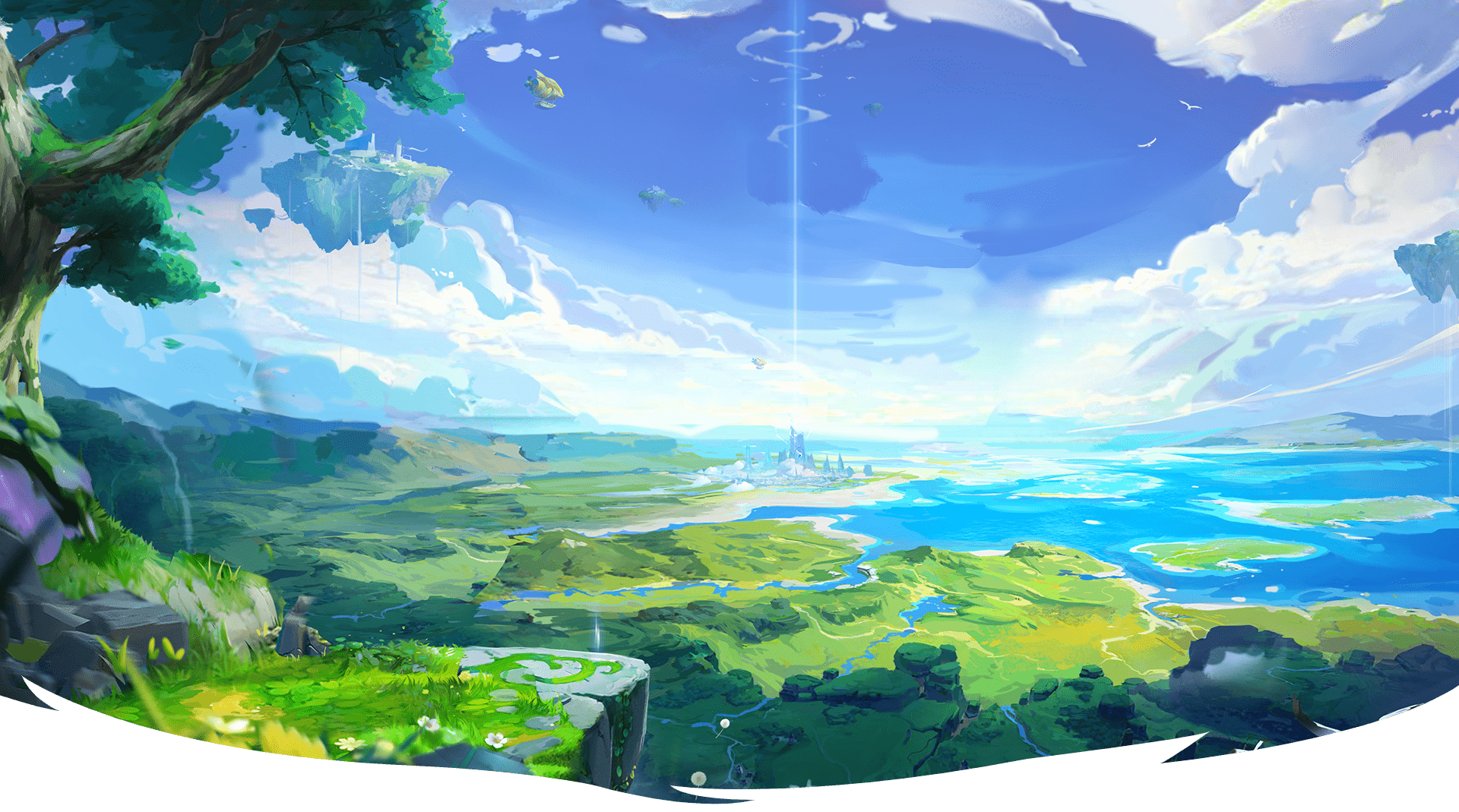- Home
- Shop
- Forest Series
- Grassland Series
- Desert Series
- Contact
- Home
- Shop
- Forest Series
- Grassland Series
- Desert Series
- Contact

Monitor Lizard Series





2 Modes with RC
Your little rider can drive this toy car independently by the foot pedal and the forward & backward switch and we also make sure that we add equal fun for parents to take full control of the steering via a 2.4G remote control.
Sturdy And Safe
A durable PP car body combined with 4 wear-resistant wheels, this battery powered toy car with an adjustable safety belt and 4-wheel suspension provide a smooth and secure cruise on rougher surfaces for about 40 minutes.
Ideal Gift to Accompany Children
Boasting some realistic features like double working high doors, bright LED headlights, horns and music, this kids ride on truck is a head-turning present for your kid (3-6 years old) on birthdays, Christmas or New Year.


CHARACTERISTICS
The Chipmunk is a member of the family Mammalia, Rodentia and Sciuridae. It is also known as the Striped Squirrel, the Timber Tiger and the Mini-bear. The body length among most Chipmunks ranges from 5.5 to 6.3 inches and the tail length is 5 Inches. Chipmunks typically weigh about 0.02 pounds and live about 5 to 10 years. They have small but prominent ears which face forwards, and small eyes on the sides of their heads. Most wild Chipmunks are lively.


Lorem ipsum dolor sit amet, consectetur adipiscing elit. Ut elit tellus, luctus nec ullamcorper mattis, pulvinar dapibus leo.


CHARACTERISTICS
The Komodo Dragon is the largest and heaviest lizard in the world. These lizards have a venomous bite and their group behavior in hunting is exceptional in the reptile world. Komodo Dragons have a tail as long as their body and a long, yellow, deeply forked tongue. Their skin is usually gray in color reinforced by armored scales, which contain tiny bones called osteoderms that function as a sort of natural chain-mail. This rugged hide makes Komodo Dragon skin a poor source of leather. Additionally, these osteoderms become more extensive and variable in shape as the Komodo Dragon ages, ossifying more extensively as the lizard grows.

RANGE AND HABITAT
Komodo Dragons are found in the Indonesian islands of Komodo, Rinca, Flores, and Gili Motang. These lizards prefer hot and dry places and typically live in dry, open grassland, savanna, and tropical forest at low elevations.

DIET
Komodo Dragons are carnivores. Although they have been considered as eating mostly carrion, they will frequently ambush live prey. Their diet is wide-ranging and includes invertebrates, other reptiles (including smaller Komodo Dragons), birds, bird eggs, small mammals, monkeys, wild boar, goats, deer, horses, and water buffalo. Young Komodos will eat insects, eggs, geckos, and small mammals, while adults prefer to hunt large mammals. Occasionally, they attack and bite humans.

BEHAVIOR
Habits and Lifestyle
Komodo Dragons are most active in the day, although they exhibit some nocturnal activity. They are solitary and come together only to breed and eat. These lizards are capable of running rapidly in brief sprints up to 20 km/h (12 mph), diving up to 4.5 m (15 ft), and climbing trees proficiently when young through use of their strong claws. To catch out-of-reach prey, Komodo Dragons may stand on their hind legs and use their tail as a support. As they mature, their claws are used primarily as weapons, as their great size makes climbing impractical. For shelter, Komodo Dragons dig holes with their powerful forelimbs and claws. These holes can measure from 1 to 3 m (3.3 to 9.8 ft) wide. Because of their large size and habit of sleeping in these burrows, these lizards are able to conserve body heat throughout the night and minimize their basking period the morning after. Komodo Dragons hunt in the afternoon, but stay in the shade during the hottest part of the day. These special resting places, usually located on ridges with cool sea breezes, are marked with droppings and are cleared of vegetation. They serve as strategic locations from which Komodo Dragons ambush deer.
Mating Habits
Komodo Dragons may be monogamous. Mating occurs between May and August, with the eggs laid in September. During this period, males fight over females and territory by grappling with one another upon their hind legs, with the loser eventually being pinned to the ground. Females lay their eggs from August to September. They make many camouflage nests/holes to prevent other dragons from eating the eggs. Clutches contain an average of 20 eggs, which are incubated around 7-8 months. Hatching is an exhausting effort for the neonates, which break out of their eggshells with an egg tooth that falls off before long. After cutting themselves out, the hatchlings may lie in their eggshells for hours before starting to dig out of the nest. They are born quite defenseless and are vulnerable to predation. Young Komodos spend much of their first few years in trees, where they are relatively safe from predators. They become reproductively mature at 8-9 years of age.

The Chipmunk is a member of the family Mammalia, Rodentia and Sciuridae. It is also known as the Striped Squirrel, the Timber Tiger and the Mini-bear. The body length among most Chipmunks ranges from 5.5 to 6.3 inches and the tail length is 5 inches. Chipmunks typically weigh about 0.02 pounds and live about 5 to 10 years. They have small but prominent ears which face forwards, small eyes on the sides of their heads. Most wild Chipmunks are lively.
The Red Squirrel, a member of the Sciuridae, is an arboreal, omnivorous rodent often referred to as a Forest Seeder and folklore as the Devil King Squirrel.
The Arizona Gray Squirrel, also known as the American Gray Squirrel, is a member of the family Rodentia and Sciuridae. It is small in size, with gray fur and a belly between white and cream. It has long ears, no tufts of fur and a fluffy tail edged in white. The body is about 16-20 inches long and weighs up to 1.4 pounds.
The Rock Squirrel, also known as Sao Maozi or Stone Mouse, belongs to the rodent and is a species in the family Sciuridae. The most common natural predators of the Rock Squirrel include bobcats, owls, eagles and snakes. Though the Rock Squirrel is cute, alert, and courageous, it is still considered a pest due to its habit of destroying crops.
The Abert’s Squirrel is a member of the genus Sciurus with a body length of 18-22.8 inches, a tail length of 7.5-9.8 inches and a weight of 2.2 pounds, and can live up to 10 years in the wild. Its most distinctive feature is tassels of fur about 0.8-1.2 inches long at the tip of its ears, which looks very interesting. In addition, it is alert and agile.

‘Huge’ Monitor Lizards Snatch Half-Eaten Fish From Each Other at Marsiling Park: ‘Scary to See
Marsiling Park or Jurassic Park Jr?
Monitor lizards were seen tussling with each other over food in Marsiling Park on Thursday (Sept 8).
Sharing a video of the reptiles, Stomper Lee said they were huge.
“It is sometimes scary to see the huge monitor lizards in Marsiling Park. There are otters and many more of the lizards in the water, hunting daily for fish,” said the Stomper.
The most common monitor lizard found in Singapore is the Malayan water monitor, which can grow up to 3m long, according to the NParks website.
The video shows seven monitor lizards by the water with two of them near a half-eaten fish.
As the two started tearing in the fish, a third lizard joined in and tried to snatch the food away. The biggest of the trio quickly foiled the interloper and carried the fish carcass away from the rest with its mouth. As it was enjoying the food, another of the trio came up from behind and snatched the fish away.
Apparently, it is every monitor lizard for itself in the park once known as Woodlands Town Garden.
The area was redeveloped after Woodlands Town Garden became known for the drug and vice-related activities there.
“At night, transvestite prostitutes solicit for business at its carpark – always full with vans and lorries parked overnight – and at a bus stop next to it,” reported The Straits Times in 2015. “A check of a gay online forum also shows that the park is sometimes where strangers meet up for a tryst.”
After the makeover, Woodlands Town Garden was renamed Marsiling Park in 2018.
Now it seems the most unsavoury thing you can see there are monitor lizards jostling over a dead fish.
The NParks website says: “Monitor lizards feed on a huge variety of food types (eg. insects, crabs, snakes, fish, etc); they control the population of their prey, and in turn are a source of food to larger predators (eg. crocodiles).
If you encounter a monitor lizard, NParks advises:
Do not be alarmed. These animals are shy and will not attack humans unless provoked or cornered.
Do not touch, chase or corner them as they may attack in defence. You are advised to leave them alone. It is fine to observe them from afar.
Seek medical attention immediately if (in a rare event) you are bitten. Although monitor lizards do secrete venom, it is not fatal to humans. The main cause for concern would be bacterial infection from the bite.



Follow Us: